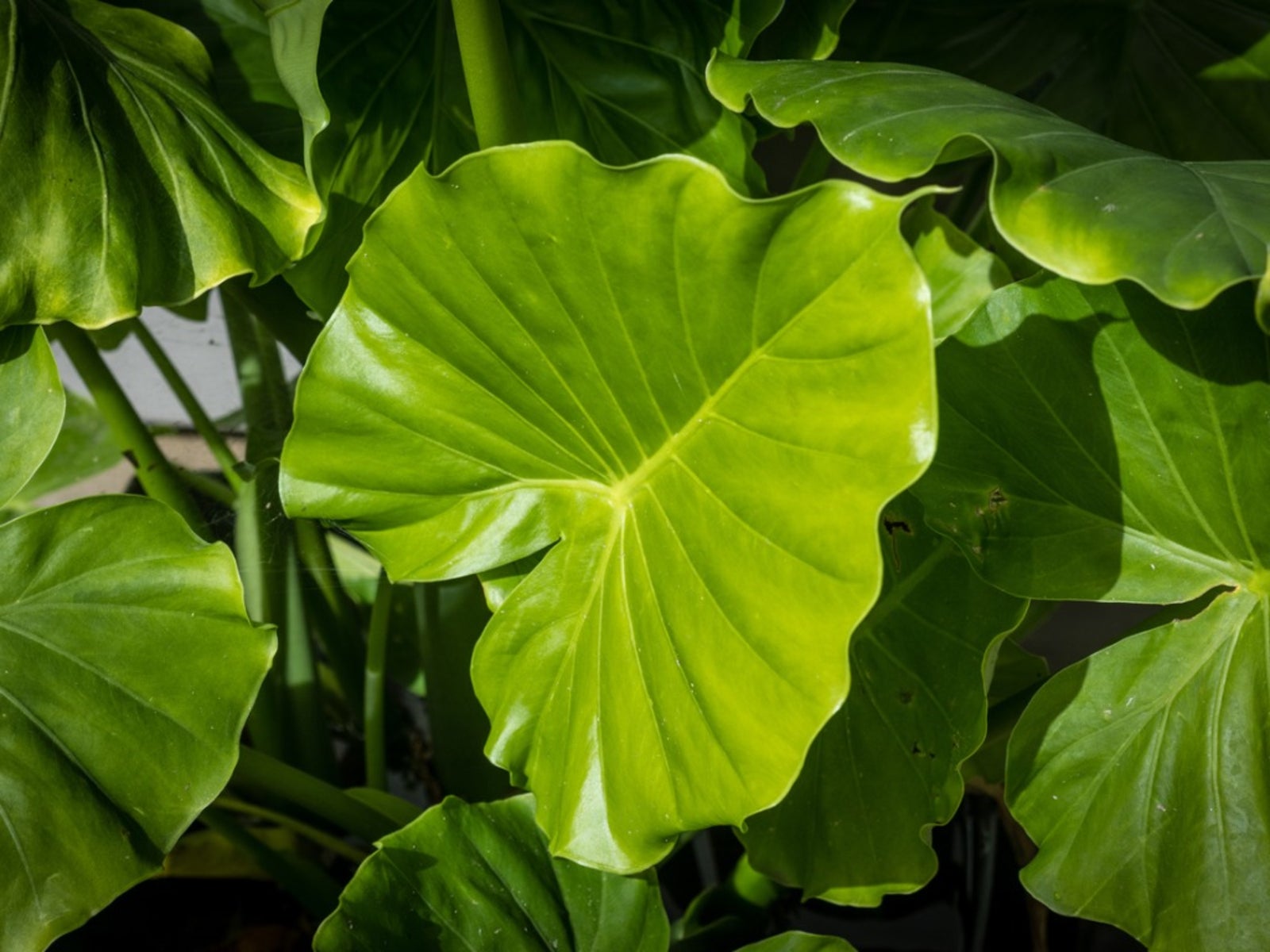The Amazon Elephant’s Ear plant also known by its botanical name Alocasia amazonica is a stunning tropical plant known for its impressively large arrow-shaped leaves. While these plants are commonly grown from tubers, did you know you can also propagate them from seed? Growing an Elephant’s Ear plant from seed can be deeply rewarding, allowing you to nurture it from sprout to maturity. But it requires proper seed storage, sowing, and germination techniques.
In this comprehensive guide, we’ll explore everything you need to know to successfully grow Amazon Elephant’s Ear plants from seed. Let’s get started!
Storing Amazon Elephant’s Ear Seeds
Proper seed storage is crucial for maintaining viability until you’re ready for planting Here are some tips
-
Harvest seeds when seed pods are completely dry and brown Let them further air dry for 1-2 weeks.
-
Store seeds in breathable containers like paper envelopes or mesh bags. Avoid plastic bags.
-
Keep seeds in a cool, dark place like a pantry or drawer. Temperatures of 60-70°F are ideal.
-
Label containers with the seed type and harvest date for easy identification.
-
Check seeds occasionally for mold or moisture and discard any compromised seeds.
Following proper storage keeps seeds dormant but alive so they readily germinate when sown.
Sowing Seeds for Germination
Once you’re ready to sow your Elephant’s Ear seeds, here is the process:
-
Fill starter trays with a lightweight, nutrient-rich potting mix. A peat moss and perlite blend works well.
-
Plant seeds 1⁄4 inch deep in the soil. Gently press down and water with a spray bottle.
-
Cover trays with plastic wrap or a humidity dome to retain moisture.
-
Place trays in a warm area (70-80°F) with bright indirect light.
-
Maintain consistently moist but not saturated soil. Be careful not to overwater.
-
Most seeds will germinate within 3-5 weeks under proper conditions.
Caring for Seedlings During Germination
As seeds begin to sprout, they require attentive care for healthy development:
-
Remove humidity dome once the first couple seedlings emerge.
-
Water when the top 1⁄2 inch of soil becomes dry. Avoid fungus issues with proper drainage.
-
Transition to bright indirect light right away to prevent leggy growth.
-
Thin overcrowded seedlings and transplant into 3-4” pots once 2-3 true leaves appear.
-
Maintain warm temperatures around 75°F for optimal growth.
-
Begin fertilizing every 2-3 weeks with a diluted balanced liquid fertilizer once established.
-
Monitor for pests like fungus gnats, aphids, or mealybugs which can plague seedlings.
With attentive watering, lighting, and care, your seedlings will flourish into vibrant Elephant’s Ear plants!
Transplanting Seedlings Outdoors
Once your Elephant’s Ear seedlings have 5-6 leaves and a well-established root system, they’re ready for transplanting outdoors:
-
Harden off plants by setting them outside in partial shade for a few hours daily over 2 weeks.
-
Transplant into garden beds or containers with nutrient-rich, well-draining soil.
-
Ensure the plant sits at the same level it was growing in the pot to prevent issues.
-
Water deeply after transplanting and mist leaves to reduce stress.
-
Start with partial shade exposure, slowly increasing to brighter light over 2 weeks.
-
Add a balanced granular fertilizer to beds monthly during growing season.
With proper hardening off and transplanting, your seedlings will flourish outdoors all season!
Growing Amazon Elephant’s Ear plants from seeds allows you to fully control their environment from sprout to maturity. Follow this guide for storing, sowing, germinating, and transplanting seeds and you’ll be rewarded with vigorous, beautiful Elephant’s Ear plants. It’s deeply fulfilling watching your seeds transform into impressive tropical specimens.

Click to Order My Book
CLICK TO ORDER MY BOOK
Published by Lee@A Guide to Landscape Design & Maintenance
Welcome! I am a landscape/garden designer, consultant, garden blog and book author involved in the design profession since 1996. I have a true passion for horticulture and design and believe that good communication between designer and client is the key to achieving the ideal landscape. I am involved in blog writing so that I can share my love of gardening with others. With shovel in hand since the age of five, gardening has been and always will be a part of me. View all posts by Lee@A Guide to Landscape Design & Maintenance
I am a landscape/garden designer, consultant, blog author and published book author, involved in the horticultural industry since 1996. A Guide to Landscape Design & Maintenance-Long Island is my newest blog addition which focuses on a variety of topics dealing with landscape design and general garden maintenance. While monthly timing of topics is aimed towards conditions for zone 7, the information presented here can certainly be used by most other hardiness zones. Thank you for visiting!
TIPS FOR GROWING ELEPHANT EARS IN POTS
FAQ
How do you store elephant ear seeds?
How to grow an elephant’s ears from seeds?
Do elephant ears grow better in pots or ground?
What are the tips for planting elephant ears?
